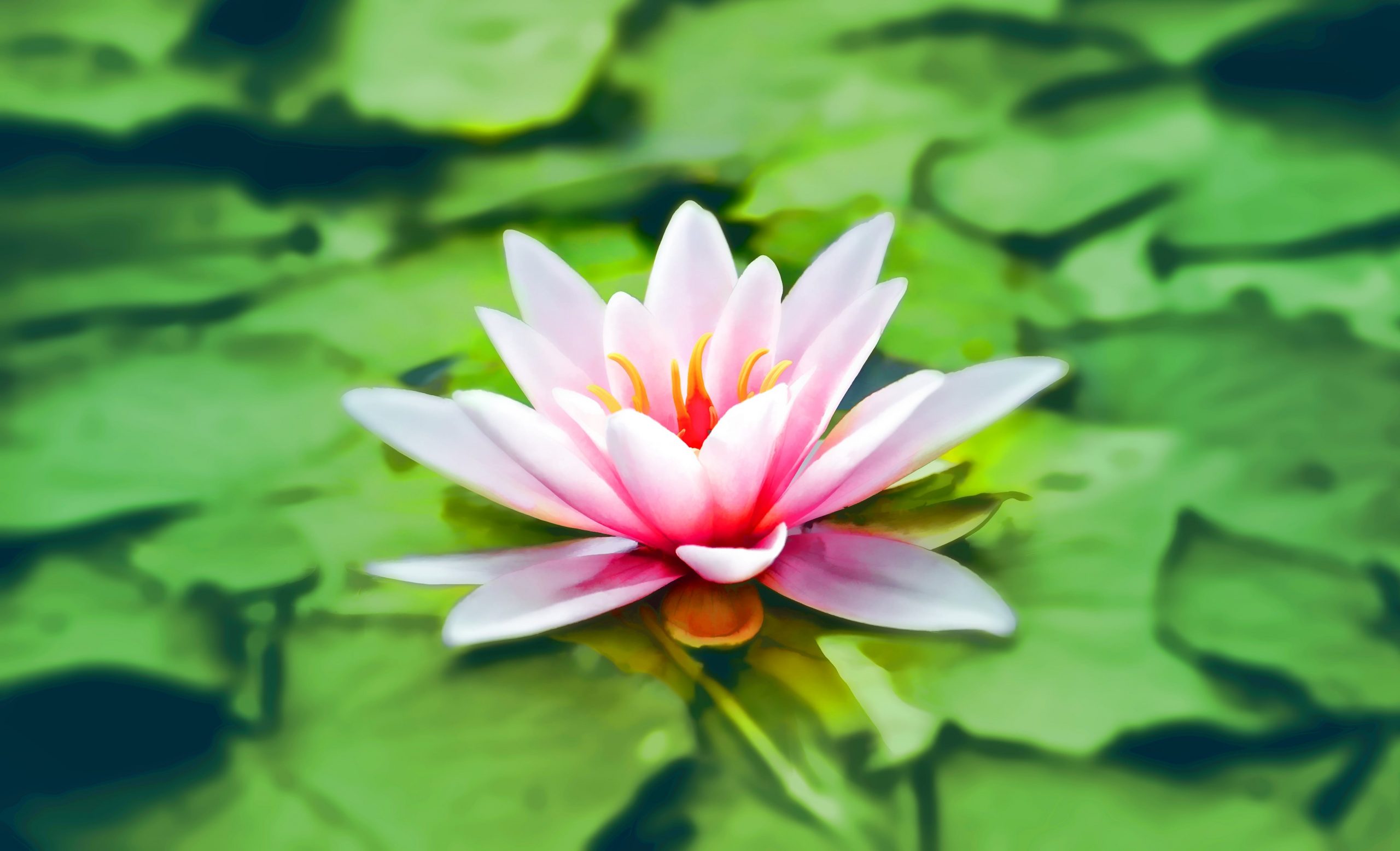Everyday Mindfulness: Navigating Life’s Hustle with Presence
In the whirlwind of daily life, cultivating mindfulness is the compass that guides us to a place of tranquility and presence. This post explores the art of mindful living, offering practical tips on incorporating mindfulness into everyday activities beyond traditional meditation sessions. From mindful eating to conscious walking, discover how to infuse your daily routine with the transformative power of mindfulness.
Understanding Mindful Living:
Mindfulness Beyond Meditation: While meditation is a valuable cornerstone of mindfulness practice, the essence of mindful living extends into every aspect of our daily lives. It involves cultivating an awareness and presence in each moment, fostering a deeper connection with ourselves and the world around us.
Practices for Mindful Living:
1. Mindful Eating: Engage all your senses while eating. Notice the colors, textures, and flavours of your food. Chew slowly and savour each bite.
Why it works: Mindful eating fosters a healthier relationship with food, encourages gratitude for nourishment, and helps prevent overeating by tuning into natural hunger cues.
2. Mindful Walking: As you walk, focus on each step, the sensations in your feet, and the rhythm of your breath. Resist the urge to rush.
Why it works: Mindful walking promotes groundedness, reduces stress, and transforms a routine activity into an opportunity for presence and appreciation of the surroundings.
3. Mindful Listening: When engaged in conversation, practice active listening. Put aside distractions, maintain eye contact, and truly absorb what the other person is saying.
Why it works: Mindful listening deepens connections, fosters empathy, and enhances the quality of communication in both personal and professional relationships.
4. Mindful Digital Use: Set intentional boundaries for your digital interactions. Before checking your phone or computer, take a moment to pause and breathe.
Why it works: Mindful digital use reduces the impact of information overload, enhances focus, and promotes a healthier relationship with technology.
5. Mindful Breathing Breaks: Take short mindful breathing breaks throughout the day. Close your eyes, take a few deep breaths, and bring your attention to the present moment.
Why it works: Brief mindful breathing breaks serve as anchors, helping you regain focus, release tension, and create moments of calm in the midst of a busy day.

Tips for Maintaing Mindfulness in a Hectic Schedule:
1. Set Intentional Reminders: Use cues in your environment—such as the sound of an alarm or a visual cue—to remind yourself to pause and be present at regular intervals.
2. Create Rituals: Infuse mindfulness into daily rituals, like your morning coffee or evening routine. These moments can become anchors for mindfulness amid the hustle.
3. Mindful Transitions: Be intentional during transitions between activities. Before moving from one task to another, take a few mindful breaths to reset and bring your full attention to the upcoming activity.
4. Embrace Imperfection: Mindful living isn’t about perfection; it’s about intention. Embrace the ebb and flow of your day, allowing moments of mindfulness to unfold naturally.
5. Mindful Reflection: At the end of the day, reflect on moments of mindfulness. Consider what worked well and how you can further integrate mindfulness into your daily routine.
Mindful living is not an abstract concept reserved for meditation retreats; it is a practical and transformative approach that can be woven into the fabric of our daily lives. By incorporating mindfulness into activities we often overlook, such as eating, walking, and listening, we infuse each moment with intention and presence. Embrace the journey of everyday mindfulness, and watch as the ordinary becomes extraordinary in the light of your focused attention.

Recent Comments